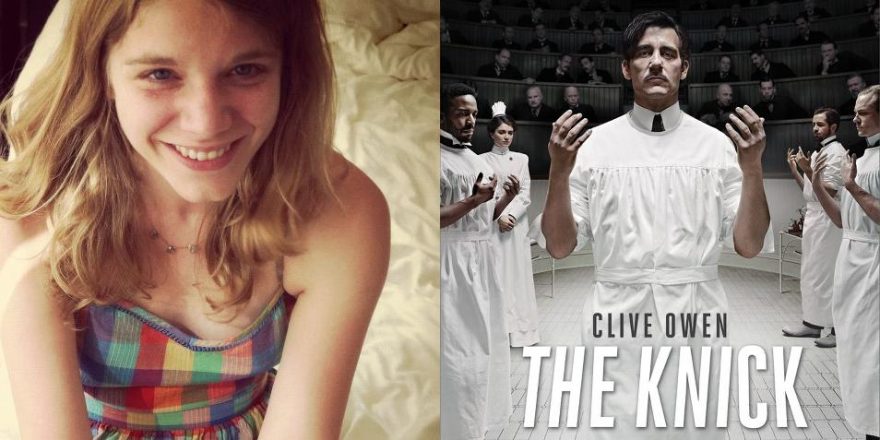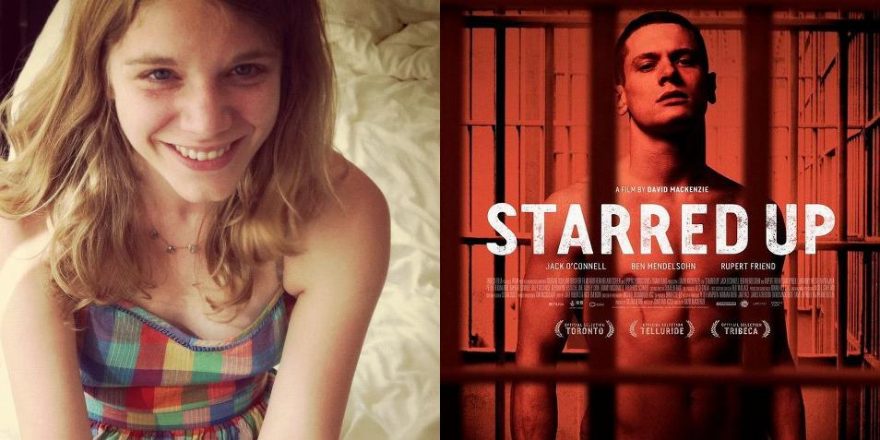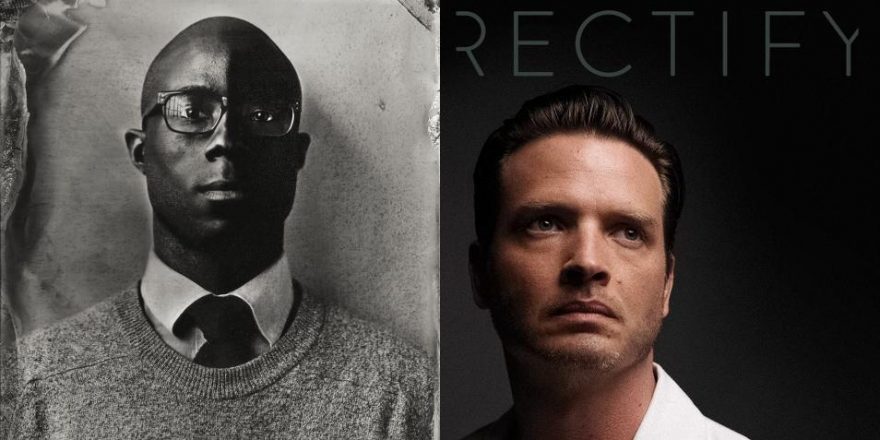In 10th-grade biology, I had to dissect a frog. Pinned to the dissection board, body splayed open, it was revealed that my specimen was female and had giant, swollen egg sacs. This made my teacher very excited, but I was less thrilled. I didn’t really mind participating in the autopsy, but there was something about the unhatched tadpoles that left me uncomfortable. Later that year, in the same classroom, the senior AP biology class dissected cats. These cats were donated by a local animal shelter (or that was the rumor). The dead, opened cats would still be lying on the lab tables during my class. Both times, with the frog and then the felines, the air was thick with the smell of preservation. It wasn’t just formaldehyde, there was something more; that sick corporeal whiff of newborns, puppies or babies is similar. It oozed and curled through my nostrils and right into the core of my being, and I’ll never forget it.
This is what the insides of bodies smell like.
Guts. Entrails. Thin, soft lines between life and death.
Throbbing and rotting. Sweet and disgusting.
This is what The Knick smells like.
It coats you and seeps into your soul.
The Knick is the American version of Downton Abbey. Set in approximately the same time-period, those turn-of the-century years when the train of modernity really begins pushing full steam ahead, and the specter of history looms. Electricity is just beginning to bloom everywhere. Class and race butt up against each other, forced to mix, albeit messily. Here are the last vestiges of innocence before humanity is subsumed by technology, progress and other “evils” of the twentieth century wrought by the two World Wars. Downton shows nostalgia for this bygone time. In The Knick, even though the characters balance on the same nexus, they’re uninterested in preserving that old way of life. There is no sentimentality about the past. They want things to change.
No one in The Knick is happy with what they have, with what society or nature tells them is theirs. Everyone strives for more and dreams of something better. Clive Owen’s Dr. Thackery, a cocaine-addicted megalomaniac, leads them all, railing against death: “Our patients’ hearts will stop beating. But we humans can get in a few good licks in battle before we surrender. I will not stop pushing forward into a hopeful future.” This ambition epitomizes the American Dream like no film or TV show in recent history. Its depiction here is wild and dirty and, as a result, the show is grotesque, unpleasant and often hard to watch. It has elements of a great medical drama mixed with the best horror movies and doomed romances.
There are narrative arcs and scenes that scar. Dr. Algernon (Andre Holland) refuses to see his skin color as the flaw that everyone else does; he’s a great doctor and surgeon and will not waste his talents because of a racist New York. He will also love whomever he wishes to, namely the saintly, lily-white Cornelia Robertson (Juliet Rylance), head of social welfare and “heir” to the Knickerbocker hospital. But as admirable as Algernon’s aspirations are, he’s still doomed. He’s ultimately accepted among the doctors, but respectable society isn’t quite ready for him as a person. His romance with Cornelia leads to one of the darkest, most intense medical procedures on the show. The skeevy hospital manager, Herman Barrow (Jeremy Bobb), provides an amazingly disturbing sequence in which he requests “the busy flea” from the underage whore he regularly visits. The young hooker obliges, acting like a little parasite has slipped under her clothes and is squirming around her skin, inducing her to disrobe. There’s the visit from Abigail Alford (Jennifer Ferrin), an ex-lover of Dr. Thackery, now afflicted with syphilis (contracted from her amorous husband), a disease which ultimately eats away her nose. It’s hard to say what’s worse, the open cavity in her face or the disturbing fake nose she sometimes wears, attached to creepy, blue-tinted John Lennon eyeglasses. The WASPy Dr. Gallinger (Eric Johnson) accidentally kills his infant daughter with meningitis he brings home from the hospital, then attempts to assuage the unfathomable loss by bringing his grief-stricken wife an adopted baby, only to have said wife go crazy and kill the replacement baby as well. Over and over, we watch the characters of The Knick strive to conquer their “flaws,” and over and over, we’re reminded that we can never escape the most base, physical representation of humanity: our bodies.
All of these elements — theme, character, narrative — elevate The Knick above traditional television, but what positions it to become maybe one of the greatest shows of all time is craft. Soderbergh has his devout fans, and while his movies vacillate between great and not, generally I wish he would not shoot his films himself (he does so under the pseudonym Peter Andrews). In The Knick, however, his camerawork is masterful. It makes you feel like you’re wrapped in the cotton of a terrible fever dream after a night (or week) of reckless sex and drugs. It’s messy; bobbly, uneven handheld. Dark, with blackness edging in that threatens to swallow scenes whole. Strange, uneasy low angles. He holds on wide shots for an uncomfortably long time. He holds on single characters for whole scenes while entire conversations happen around them and they never open their mouths. Just watching. The schedule for the entire first season of The Knick was apparently 73 days, which in itself seems insane, but Soderbergh has taken this crazily limited amount of time and squeezed the best out of it. There’s no sense of limitation here, just inventiveness. Every camera-movement draws one deeper into unease.
The score that Soderbergh extracted from Cliff Martinez is equally perfect. Electronic and counterintuitive to what you’d expect from a period piece, it lifts you up and throws you into the haze of the time. This is New York City in 1900, the leading edge of the world and progress, and the score is a constant, throbbing reminder that nothing is right here and everything is changing.
Ever since David Chase brought cinema to the small screen with Tony Soprano watching the ducks in his pool, TV has been consistently inching forward. It’s the new frontier of cinematic content, a place where one can explore characters and stories beyond a comic-book ride. The Knick is everything one could hope for of great TV and great movies: a marriage of character-driven content with crafted, brilliant filmmaking. With Soderbergh directing every episode (as Cary Fukunaga did for season one of True Detective), there’s a coherent, strong voice and style that both drives and holds the season together. It gives the show a singular aesthetic only recently seen on television, and it feels like the future.
It’s usually at this point in the many conversations I’ve had extolling the virtues of The Knick that I can see in the gaze of my friends and colleagues the glint of a fifth-grade taunt: “If you love it so much, why don’t you marry it?” To which I say:
Dear The Knick,
Yes, yes, a thousand times yes.
Love, Leigh








